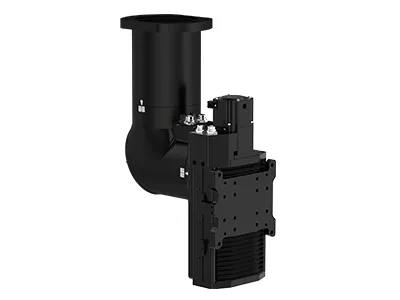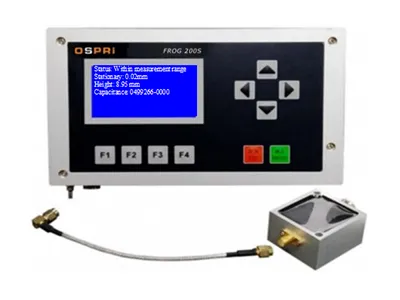Whether it’s a custom specification or expert advice, OSPRI experts are here to guide you with the right laser head for your cutting and welding needs.
Medium Power Laser Cutting Head (4kW-8kW)
When production moves from thin sheet into medium-thickness plate, these heads help in two ways: cutting speeds go up and piercing times go down. They also cover a wide thickness range and keep overall costs sensible for day-to-day work. Materials are the usual mix, carbon steel, stainless steel, aluminum, copper, and galvanized sheet, and the heads maintain steady edge quality across all of them.
At OSPRI we offer medium-power heads paired with 4–8 kW fiber lasers for reliable processing of medium metal sheets. The mechanical design focuses on heat dissipation and protecting the optics, and an integrated control/monitoring module keeps performance stable on long runs, so edge quality and dimensions stay consistent. This type of laser cutting heads are widely used for sheet-metal fabrication, kitchenware manufacturing, and automotive components, helping cutting lines keep edge quality high and cycle times stable across medium-thickness metals.
-

- 6kW/8kW Fiber Laser Cutting Head (Manual Focus)
- Wavelength: 1080±10nm
- Rated Power: 6kW/8kW
- Focal Length: 150mm/200mm
-
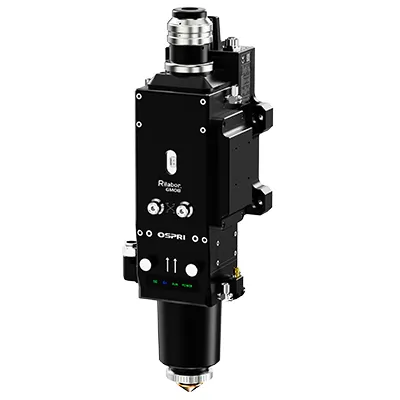
- 8kW Fiber Laser Cutting Head (Auto Focus)
- Wavelength: 1080±10nm
- Rated Power: ≤8kW
- Focal Length: 200mm/250mm
-

- 8kW Fiber Laser Bevel Cutting Head (Single Pendulum Right Angle, Auto Focus)
- Wavelength: 1064±10nm
- Rated Power: ≤8kW
- Focal Length: 200mm/250mm
-
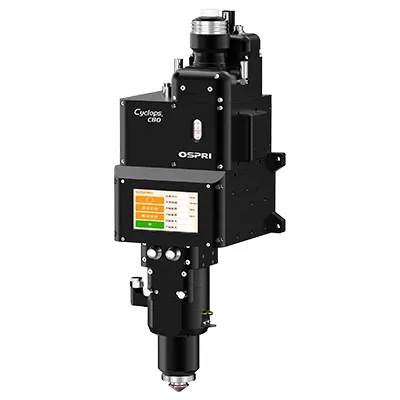
- 8kW Laser Scanner Cutting Head (Auto Focus)
- Wavelength: 1080±10nm
- Rated Power: ≤8kW
- Focal Length: 150mm/200mm
-

- Hardware & Tools Laser cutting heads for the laser processing of fasteners, power tools and hand tools
-

- Bathroom Accessories Laser cutting heads for processing metal parts in the bathroom industry
-
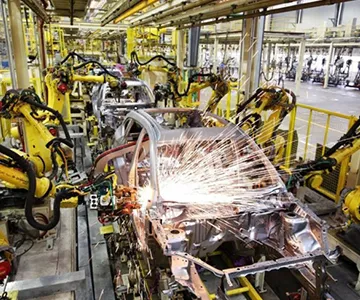
- Automotive Laser cutting heads for the metal processing in the automotive industry
-

- Lithium Battery Laser cutting heads for battery production
-

- 2D Flat Cutting Laser cutting heads for 2D flat metal sheet cutting
-
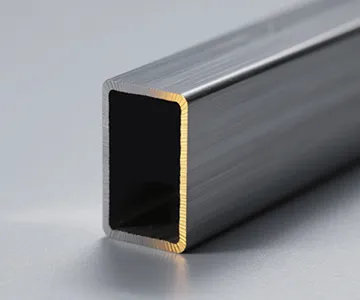
- Tube & Profile Cutting Laser cutting heads for the cutting of metal tubes and profiles
-
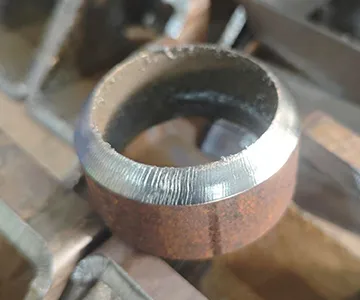
- Bevel Cutting Laser cutting heads for producing bevelled edges on metals
-

- 3D Cutting Laser cutting heads for cutting metal complex components and structural parts
From cutting to welding, we deliver precision components with the scale and capacity to produce 50,000+ sets each year
What advantages do laser scanner cutting heads offer compared with standard heads?
Automatic laser cutting heads are designed to handle reflective-metal jobs and improve productivity at the same power level. Some of the advantages of these laser scanner cutting heads, include:
- Stable on reflective metals: Handles brass, copper, silver, polished stainless, and other high-reflectivity alloys by improving energy coupling and controlling back-reflection.
- Higher precision: Beam scanning enables micron-level accuracy (with proper setup), ideal for fine features.
- Much faster motion: The galvo scanner moves the beam, not the head, so the spot travels much faster than on a gantry machine. Using the same wattage, you often see multiple times the cutting speed and throughput.
- Greater thickness capacity at the same wattage: Compared with a standard head of the same power, supports thicker material on reflective cutting processes.
- Flexible path control: Easily executes complex contours, curves, micro-holes, fine pattern cutting, and engraving by steering the beam rather than the whole head.
How do I install a laser cutting head correctly?
Follow these steps to mount, align, and verify before production:
- Mount securely. Place the head at the designated location and fasten it with the correct hardware. Make sure the interface is rigid and free of play to prevent vibration or shift during operation.
- Align and connect. Use alignment tools (or an alignment laser) to set the optical axis and standoff. Check all connections: fiber, assist-gas, air, sensor/IO cables, and water-cooling. Confirm there are no leaks or loose fittings.
- Power-up and calibrate. Start the cutting machine and run the initial tests and calibration (focus, height-follower, scan field if applicable). Make any fine adjustments needed so the head cuts accurately and repeatably before loading production parts.

